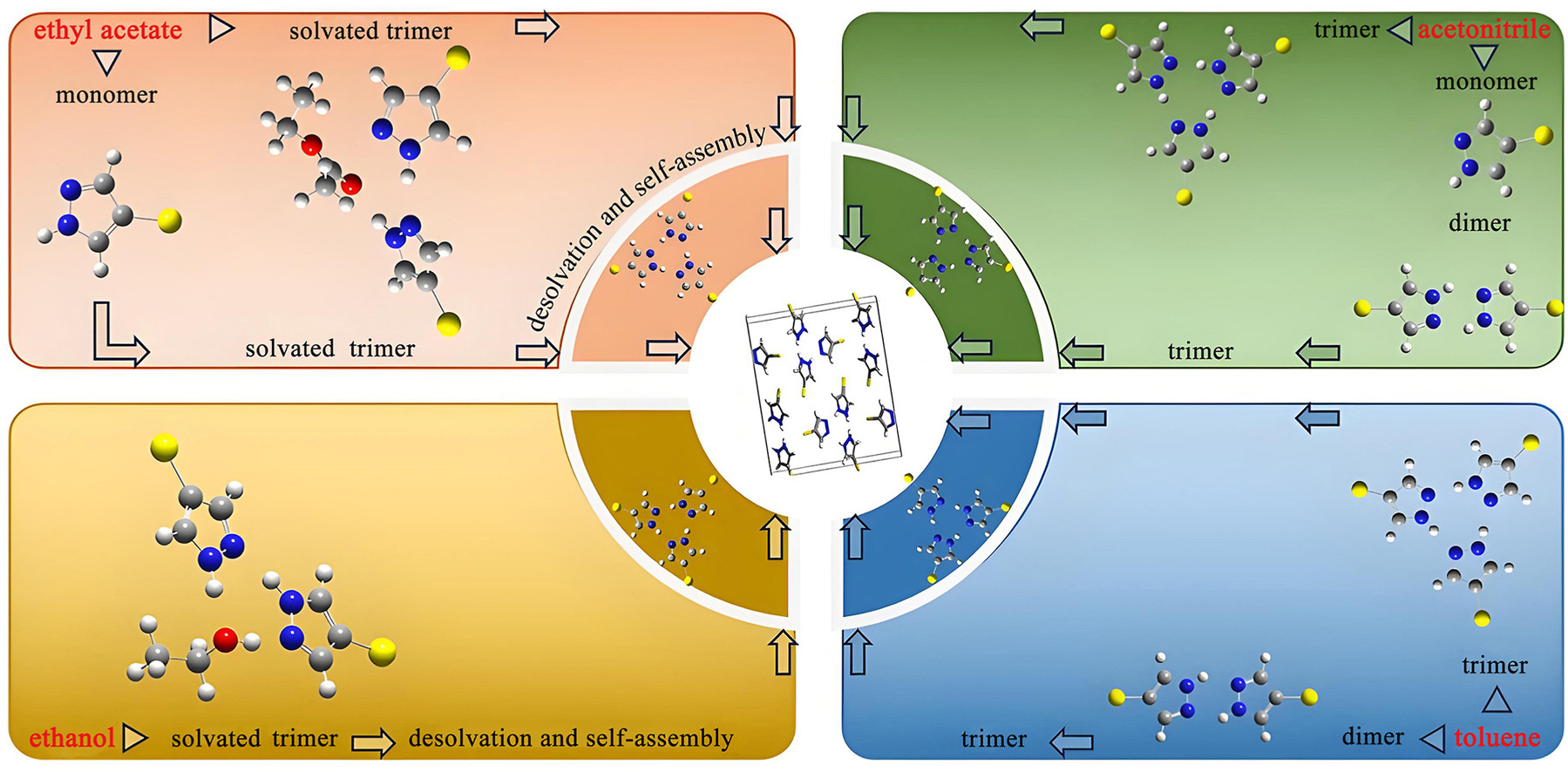- Volumes 96-107 (2025)
-
Volumes 84-95 (2024)
-
Volume 95
Pages 1-392 (December 2024)
-
Volume 94
Pages 1-400 (November 2024)
-
Volume 93
Pages 1-376 (October 2024)
-
Volume 92
Pages 1-316 (September 2024)
-
Volume 91
Pages 1-378 (August 2024)
-
Volume 90
Pages 1-580 (July 2024)
-
Volume 89
Pages 1-278 (June 2024)
-
Volume 88
Pages 1-350 (May 2024)
-
Volume 87
Pages 1-338 (April 2024)
-
Volume 86
Pages 1-312 (March 2024)
-
Volume 85
Pages 1-334 (February 2024)
-
Volume 84
Pages 1-308 (January 2024)
-
Volume 95
-
Volumes 72-83 (2023)
-
Volume 83
Pages 1-258 (December 2023)
-
Volume 82
Pages 1-204 (November 2023)
-
Volume 81
Pages 1-188 (October 2023)
-
Volume 80
Pages 1-202 (September 2023)
-
Volume 79
Pages 1-172 (August 2023)
-
Volume 78
Pages 1-146 (July 2023)
-
Volume 77
Pages 1-152 (June 2023)
-
Volume 76
Pages 1-176 (May 2023)
-
Volume 75
Pages 1-228 (April 2023)
-
Volume 74
Pages 1-200 (March 2023)
-
Volume 73
Pages 1-138 (February 2023)
-
Volume 72
Pages 1-144 (January 2023)
-
Volume 83
-
Volumes 60-71 (2022)
-
Volume 71
Pages 1-108 (December 2022)
-
Volume 70
Pages 1-106 (November 2022)
-
Volume 69
Pages 1-122 (October 2022)
-
Volume 68
Pages 1-124 (September 2022)
-
Volume 67
Pages 1-102 (August 2022)
-
Volume 66
Pages 1-112 (July 2022)
-
Volume 65
Pages 1-138 (June 2022)
-
Volume 64
Pages 1-186 (May 2022)
-
Volume 63
Pages 1-124 (April 2022)
-
Volume 62
Pages 1-104 (March 2022)
-
Volume 61
Pages 1-120 (February 2022)
-
Volume 60
Pages 1-124 (January 2022)
-
Volume 71
- Volumes 54-59 (2021)
- Volumes 48-53 (2020)
- Volumes 42-47 (2019)
- Volumes 36-41 (2018)
- Volumes 30-35 (2017)
- Volumes 24-29 (2016)
- Volumes 18-23 (2015)
- Volumes 12-17 (2014)
- Volume 11 (2013)
- Volume 10 (2012)
- Volume 9 (2011)
- Volume 8 (2010)
- Volume 7 (2009)
- Volume 6 (2008)
- Volume 5 (2007)
- Volume 4 (2006)
- Volume 3 (2005)
- Volume 2 (2004)
- Volume 1 (2003)
• The 4-Bromopyrazole self-assembly behavior is studied by experiment and molecular simulation.
• The 4-Bromopyrazole nucleation kinetics is studied based on solution chemistry and DFT calculation.
• A mechanism is proposed to unveil relation between molecular assembly and nucleation kinetics.
Nucleation is a critical stage during the crystallization process, determining the attributes of the crystalline products. Due to the complicated and microscopic characteristics of the molecular assembly process, the nucleation mechanism has not yet been fully comprehended. In this study, the molecular self-assembly of 4-bromopyrazole (BMPZ) in various solvents and its relation with nucleation kinetics were investigated by the experiment and molecule simulation. Firstly, Fourier transform infrared spectroscopy, nuclear magnetic resonance spectroscopy, and mass spectroscopy were employed to explore and determine the existed forms of BMPZ molecules in solution. It was unveiled that the BMPZ molecules assembly behavior showed an individual feature. Afterward, the nucleation kinetics was determined by statistical probability distribution method, and the parameters associated with the nucleation process were derived from classical nucleation theory, further associating with the nucleation kinetics. Solution chemistry, molecule simulation, and nucleation kinetics exposed that BMPZ assembly forms could act as the growth unit of the nucleation, and nucleation kinetics was chiefly governed by the interface-transfer process.

